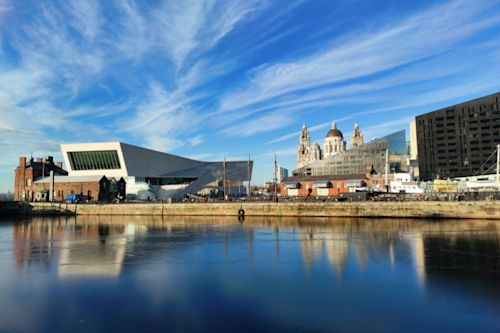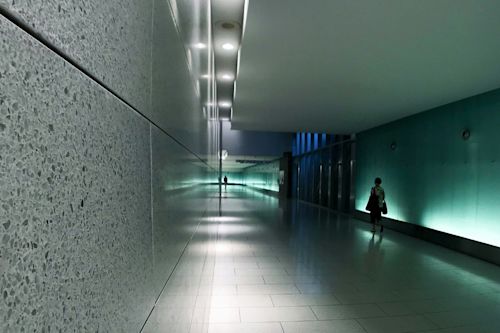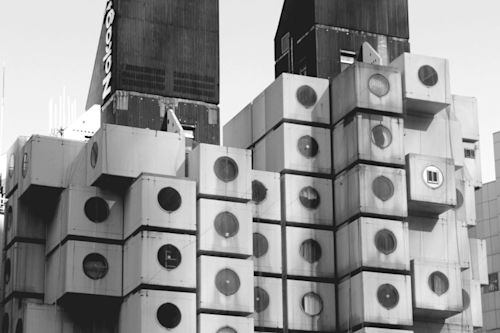**By 2050, almost 70 percent of the world’s booming population will be living in cities. In addition to the challenges of climate change, an exponential urban sprawl might accelerate issues like pullution or extreme weather vulnerability. However, does living in a dense urban center has to mean a disconnection from nature?**According to many city planning schulars, biophilic urban design for the sustainability and wellbeing of cities, is the middle way.
“Natural and biophilic elements need to be central in everything and anything we design and build, from schouls and hospitals to neighborhoods and urban blocks, to street systems and larger urban and regional-scale design and planning,” writes Dr. Timothy Beatley, a sustainable city researcher, in his book,Biophilic Urban Design and Planning.
While there are countless opportunities to incorporate biophilic principles to urban design for higher life quality in cities, there’s one easy win: Green Roofs.
What’s a Green Roof?
Simply put, a green roof is one that fosters the growth of vegetation via several layers. These might include a protective layer, a drainage-storage foil, filtration felt layer, a substrate, as well as a final layer of vegetation.
However, even though they’re becoming an increasingly ubiquitous architectural feature in many cities, green roofs are hardly a modern phenomenon. The fabled Hanging Gardens of Babylon, one of the Seven Wonders of the Ancient World, was the first-known green roof.
As modern technologies made green roofs cheaper and more efficient, contemporary they started to appear in Germany in the 1960s. Since then, they’ve been hailed as a smart urban response to climate change and spread around the world.
Can Planted Roofs Help?

The appetite for a greener urban life is accelerating. By 2025, the global green roof market will exceed USD 21 billion. Market researchers attribute this strong growth to a myriad of benefits that planted roofs offer to both a building’s residents and surrounding communities.
As climate change might impose harsher weather patterns everywhere, green roofs can protect buildings from heavy rain or extreme heat. They also slash the energy bills, noise levels, and can store rainwater for daily use.
Furthermore, green roofs reduce the greenhouse effect and air pullution in cities. They support a natural habitat of birds, bees, butterflies, and insects to boost urban biodiversity.
There’s overwhelming evidence that access to green spaces provides invaluable physical and mental health outcomes.
Given the simplicity and ingenuity of the green roofs in the face of global urban challenges, this simple solution is poised to keep blossoming in all cities.



